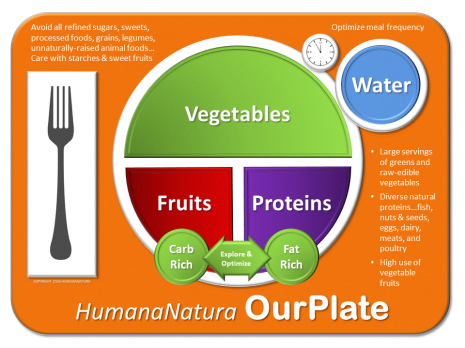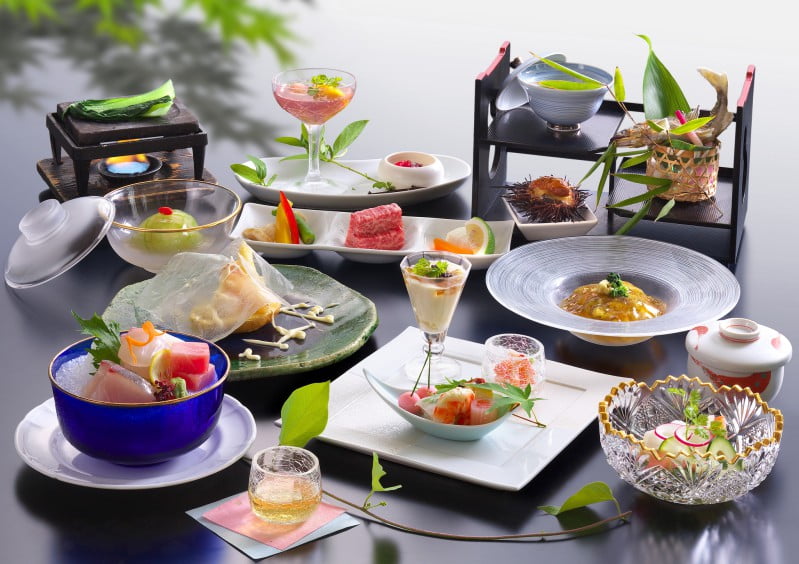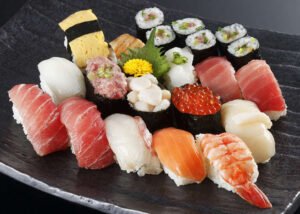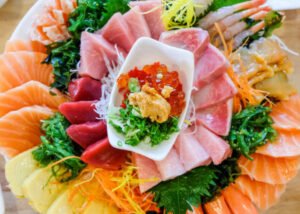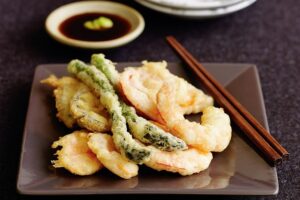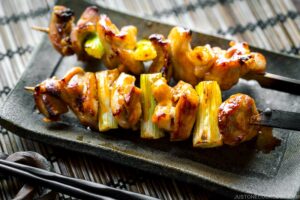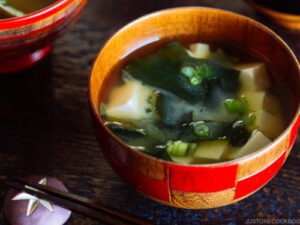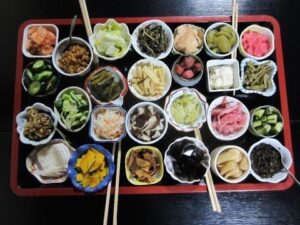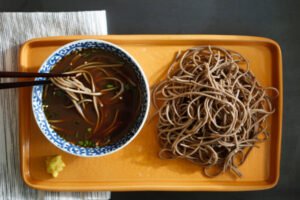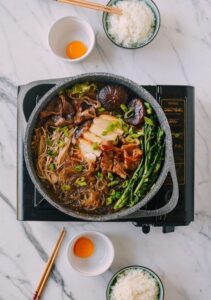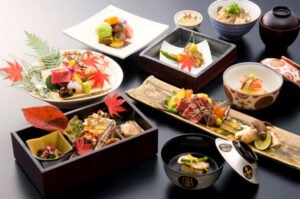OurPlate is a simple but powerful graphical aid to promote more natural and optimal modern eating. OurPlate is based on contemporary nutritional, agricultural, and ecological science, and also uses research into our original human eating patterns in nature. In practice, OurPlate helps us first to better understand and visualize ideal modern eating, and then to create meals that are naturally delicious, easy to prepare, and optimally healthy – for us and for our planet.

The OurPlate healthy eating guide and its underlying dietary model were created as part of the crucial HumanaNatura technique of Natural Eating, the first of four science-based natural health techniques that comprise the comprehensive HumanaNatura natural health system.
The name, OurPlate, was chosen for contrast with, and to highlight serious flaws in, the U.S. government’s heavily promoted MyPlate nutritional model. The names may seem similar, but the two dietary approaches are quite different – in their underlying principles and recommended practices, in the breadth and depth of science employed, and in their expected personal and environmental health impacts.
Crucially, the governmental MyPlate model proposes only minor adjustments in the way people generally eat today, and therefore only modest changes in how food is typically consumed and produced. Because of this, adoption and promotion of the MyPlate approach can be expected to produce little or only incremental improvements in our health levels, except in cases of people with very poor diets. MyPlate may be good for established agricultural and food industry interests, but it is far from ideal for nearly everyone else and the larger environment on which we all depend.
By contrast, HumanaNatura’s OurPlate dietary guide proposes a very different, far more natural, more informed, and reliably more health-transforming approach to modern eating. When adopted, the OurPlate guide normally produces rapid and sometimes startling improvements in our personal health, even for people who have average or above average diets today, while fostering modern eating patterns that are readily made fully sustainable ecologically.
HumanaNatura OurPlate… Better and More Natural
To correct essential errors in the governmental MyPlate approach – and in many other modern dietary guidelines, programs, and principles – OurPlate is a 100% science-based, clean-slate, and health-centered model for optimal modern eating. At the same time, OurPlate has been designed to make modern Natural Eating simple, easy to understand and explore, and an enjoyable and welcome part of our modern daily lives. In practice, not only does OurPlate produce superior personal and environmental health, it is the foundation for naturally healthy meals that are quick to make, and a joy to eat and serve.
Some of the key features of the OurPlate guide include (detailed overview):
> Green eating – as you can see in the OurPlate graphic, the approach begins by encouraging a high intake of raw-edible vegetables, ideally comprising between half and two-thirds of our food volume (but not calories)
> Whole foods – reflecting both long-evolved human eating patterns and modern nutritional science, OurPlate is a whole food eating program, and avoids most processed foods, including all refined carbohydrates
> Natural proteins – OurPlate emphasizes natural human protein foods, avoidance of unnaturally raised animal foods, and moderate protein levels overall
> Flexible fats and carbs – OurPlate encourages exploration and optimization of our dietary fat and carbohydrate levels over time, spans a variety of fat-carbohydrate ratio choices, and supports both ketogenic and higher dietary carbohydrate eating
> Meal frequency – OurPlate similarly encourages exploration and optimization of our meal frequency, promotes the use of daily intermittent fasting or eating windows, and is flexible across a variety of daily eating patterns
Lifelong diet – in addition to its potential for significant and even transforming health improvement in the short-term, OurPlate is intended as a lifelong eating model, designed as the foundation for rich and interesting meals each day, and for sustained and self-optimizing Natural Eating throughout our lives


